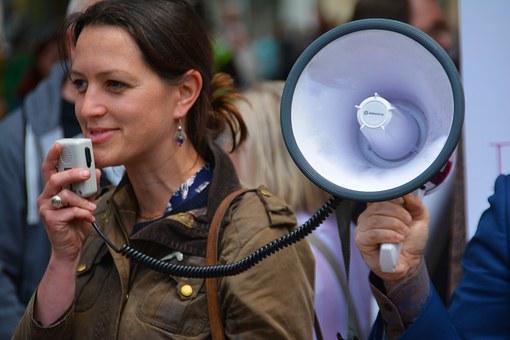During public speaking, it is imperative to know the audience well and know their expectations so that you can think about ways of engaging with them closely. You must speak in a language that they understand and discuss topics that interest them. While you might have an agenda that you want to convince them but unless the audience finds it interesting, they would not listen to you.

The biggest challenge for any public speaker is to connect with the audience in the room or on the other side of the camera in case it is a televised program. The speaker’s success depends on structuring the communication well by focusing on the audience and speaking to them confidently. Some of the best speakers get involved with the audience so much that they make the session like a conversation with them. But these are all easier said than done unless you train under the guidance of Clint Arthur Financial Advisor Marketing experts.
Audience involvement
Audience involvement impacts the effectiveness of communication because less audience involvement is an indication of the speaker’s lack of confidence and nervousness that defeats the purpose of communication. Creating eye contact with the audience is a basic requirement to become an effective speaker because it ensures closer interaction. Speakers must remember that the audience is not like spectators because audience engagement and the level of interaction contributes to the speaker’s communication success. Inability on the part of speakers to engage with the audience closely can cost them dearly in establishing their authority that can make them win the absolute trust of the audience, which is the hallmark of effective communication.
To involve the audience, you can practice the following techniques.
Choose your technique
Breaking the ice with the audience by waving a hand at them or inviting them to tell something about themselves are the opening notes in engaging with the audience. It breaks the initial barrier not only between the speaker and the audience but also help the members in the audience to become familiar with one another.
Stay prepared
Be clear about how audience participation will help to build your case and plan the way to approach them by envisaging the responses that you might get. The audience response must be meaningful to you that helps to drive home your point. It must add value.
Pose answerable questions
Frame your questions in such a way that most of the audience should be able to answer. Instead of asking questions that can put the audience in a fix, ask commonly expected questions like which movie did watch last or what is your recent travel experience.
Give time for response
Whether your question is real or rhetorical, you must make the audience feel comfortable to accept the question first instead of rejecting it outright. Help them to overcome any situation that they are not sure about by giving them some time to comprehend the question that sinks in gradually.
Always acknowledge the contributions of the audience by saying Thank You or Good before moving to the next point because it brings them closer to you.
